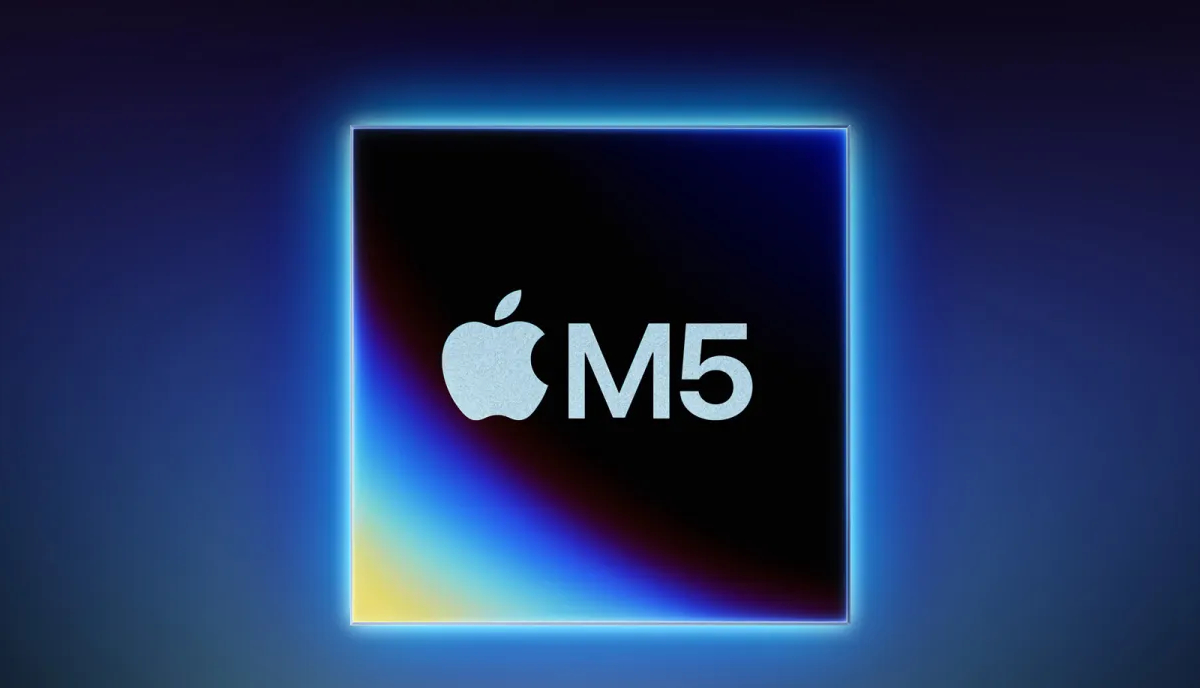Apple hasn’t finished rolling out the M4 chip yet, but there’s already buzz about the next big thing: the M5 chip. Expected to launch this autumn, the M5 chip will reportedly address a decision from the M4 rollout that didn’t sit well with many users.
M5 Chip Coming to Macs First, Not iPads
Over the weekend, tech journalist Mark Gurman shared insights on which devices will first get the M5 chip. This time, the strategy is different from what we saw with the M4.
According to Gurman’s report on Bloomberg:
- The M5 chip will start with new MacBook Pro models this fall.
- An M5 iPad Pro won’t come until the first half of 2026.
This switch means that, unlike the M4, which debuted in an iPad Pro, the M5 will first appear in Macs. Last year, Apple surprised everyone by introducing the M4 chip in the iPad Pro before any Mac got it, leading to a six-month wait for Mac users.
Why the Change?
The decision to launch the M4 in the iPad Pro first was not popular among Mac users. The long wait for the M4 MacBooks was particularly frustrating. With the M5, Apple seems to be returning to its traditional approach, prioritizing Macs for new chip introductions.
What to Expect with M5
Since the MacBook Pro will be the first to get the M5, we can anticipate seeing not just the basic M5 chip, but also the M5 Pro and M5 Max versions. This mirrors the strategy used with the M3 series in 2023, ensuring a broad spectrum of performance options right from the start. In summary, Apple’s move to bring the M5 to Macs before iPads could be seen as a response to feedback from the M4 rollout, aiming to keep Mac users happy with timely upgrades.
